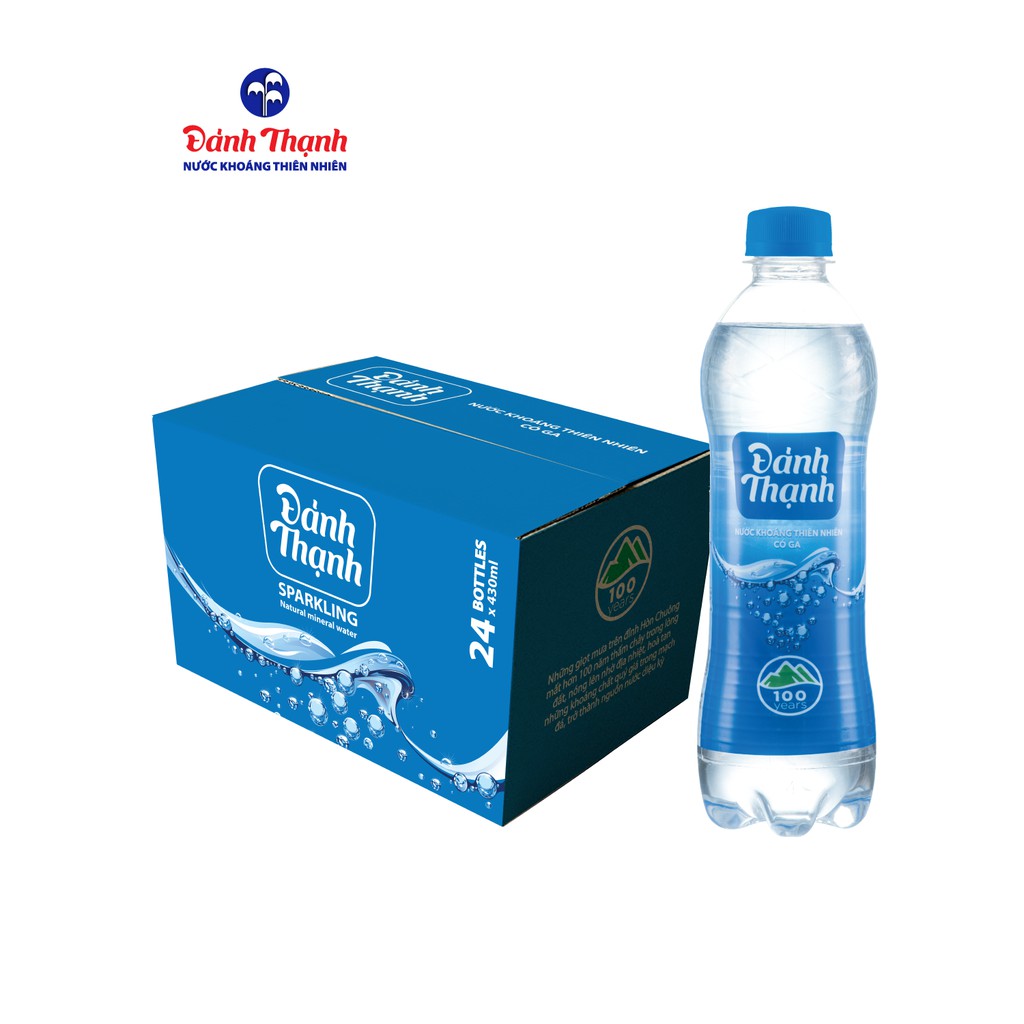WHAT IS ZEOLITE?
Zeolite is a natural volcanic mineral that is mined in certain parts of the world. When volcanoes erupt, molten lava and thick ash pour out. Because many volcanoes are located on an island or near an ocean, this lava and ash often flows into the sea. Thanks to a chemical reaction between the ash from the volcano and the salt from the sea, minerals like zeolite are formed in the hardened lava over the course of thousands of years.
What makes zeolite so unique is the fact that it’s not only one of the few negatively-charged minerals found in nature, but it also has a very amazing crystalline structure. Zeolite has large, vacant spaces––or cages––that allow space for large, positively charged ions to be attracted to it, then trapped and eliminated from the body. Zeolite binds to heavy metals, i.e. mercury, lead, cadmium, arsenic, plastics, PCB’s, depleted uranium, Teflon, free radicals, pesticides, herbicides etc.
Due to the structure of the zeolite molecule and the fact that it is one of the few negatively charged minerals in nature, it acts like a magnet drawing positively charged toxins to it and trapping these toxins within its microporous structure.
Zeolite contains cages or channels which are the right size to allow small molecules (roughly between 3 and 10 angstroms) to enter. Once the mercury, heavy metals or toxins are pulled into the cage-like structure of the zeolite, it is carried out of the cell and eliminated by the body.
















![[HCM]Quần Dài Nữ Thun Lụa Bóng Long Quân Fashion Ql01(ống rộng)](https://vn-live-01.slatic.net/p/c01d4a2687711367602d166d09e1bc71.jpg)
